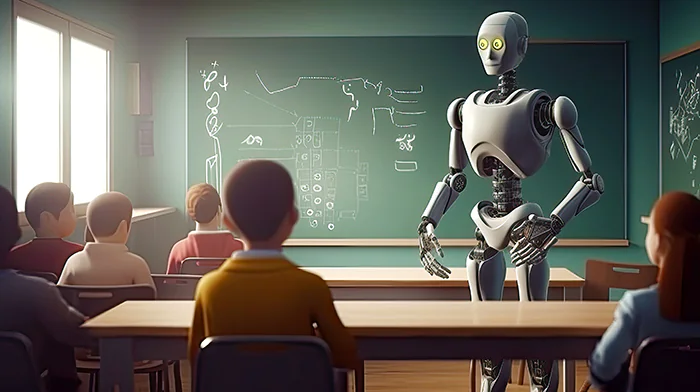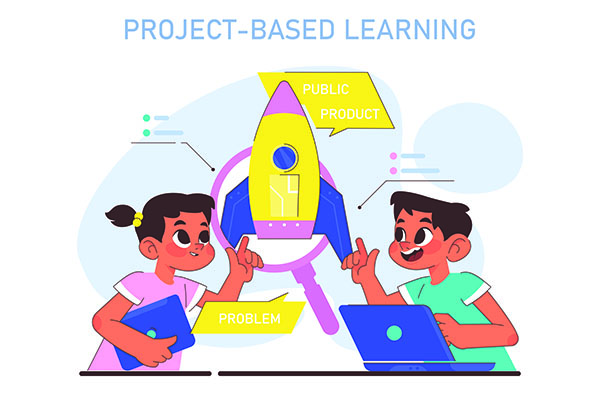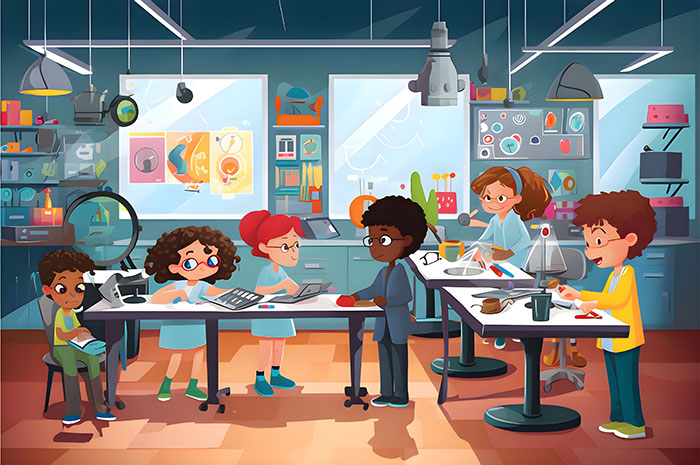PBL Blog
-
Should You Teach Your Students to Code Now That AI Can Do It For Them
The question whether students should be exposed to learning how to code had many ups and downs. It started in the 70s when Seymour Papert, a professor at the MIT Education Lab, invented Logo programming and the turtle it helped to program. Since then there were periods of widespread adoption of coding and periods of…
-
Why AI Will Not Replace Teachers
When OpenAI released ChatGPT in November 2022, teachers and schools were amazed with its ability to write essays, solve science and math problems and produce working computer code. At the same time, a growing feeling of alarm started taking over when teachers realized that it can also mean a new era of rampant cheating and…
-
How Math Education Can Improve With a Project-Based Learning Approach
Project-based math education Math education faces a significant crisis. Recent results from The National Assessment of Educational Progress (NAEP), a test mandated by Congress, reveal a concerning decline in student math scores over the past two and a half years. These findings offer a measurable insight into the educational disruptions caused by the pandemic and…
-
Why Underachievers Can Benefit Most From Using AI
Human and AI interaction Concern is the first thing that comes to mind when thinking about AI. Teachers are trying to figure out how to adapt to a technology that abruptly upends the way they used to teach. Sticking to the old conventional method of asking students direct questions may no longer work because tools…
-
How To Do Project-Based Learning With AI: A Social Studies Example
Students collaborating on project It has been less than a year since the release of ChatGPT and teachers are still trying to figure out how to adapt to a technology that abruptly upends the way they used to teach. Its effect on education or almost any other field for that matter is so fundamental that…
-
How To Do Project-Based Learning With AI: A STEM Example
It has been less than a year since the release of ChatGPT and teachers are still trying to figure out how to adapt to a technology that abruptly upends the way they used to teach. Its effect on education or almost any other field for that matter is so fundamental that it forces teachers or…
-
10 Inspiring Project-Based Learning Ideas for the Classroom
Students working on project Introduction: The Power of Project-Based Learning In today’s world, traditional teaching methods alone may not be enough to prepare students for the challenges that they will encounter in life. Project-based learning (PBL) provides an innovative educational approach that ignites a passion for learning and nurtures critical skills that extend far beyond…
-
Why is Project-Based Learning Hot Again: Benefits, Examples and Resources
Students working on project As AI continues to advance, educators are realizing that conventional methods of asking students direct questions may no longer be as effective, given the availability of tools like ChatGPT that can readily answer those questions. However, there is an innovative solution that can rekindle students’ passion for learning: project-based learning. Let’s…
-
The Best AI Tools for Education: Revolutionizing Teaching and Learning
Technology has transformed numerous aspects of our lives, and education is no exception. With the advent of Artificial Intelligence (AI), a new era of teaching and learning has emerged. AI tools for education have gained significant popularity, offering innovative solutions to enhance the educational experience for both teachers and students. These tools utilize machine learning…
-
6 Examples of Teaching With ChatGPT
It is a regular school day. You have just assigned an essay to your students about ants. As they were busy writing, you took your mobile phone and skimmed through the news, when your eyes caught the news about the release of ChatGPT. As you kept reading, you learned that ChatGPT was a chatbot developed…
-
Will ChatGPT Make Search Obsolete?
I must admit that like most people these days, I am quite busy thinking about the impact that AI will have on our lives. Imagining the extent to which it will transform our life is quite difficult because there are many variables that even those who develop it can’t envision yet. While admiring the capabilities…
-
Why Youth Voice May Be A Solution for U.S. Teens’ Mental Health Crisis
Recent national surveys of young people have shown alarming increases in the prevalence of mental health challenges— in 2019, one in three high school students and half of female students reported persistent feelings of sadness or hopelessness, an overall increase of 40% from 2009. Most people would rightfully associate this state of affairs to the…











